A pacemaker is a small device that's placed under the skin in your chest to help control your heartbeat. It's used to help your heart beat more regularly if you have an irregular heartbeat (arrhythmia), particularly a slow one. Implanting a pacemaker in your chest requires a surgical procedure.
Newer pacemakers weigh as little as 1 ounce (28 grams). Most pacemakers have 2 parts:
- The generator contains the battery and the information to control the heartbeat.
- The leads are wires that connect the heart to the generator and carry the electrical messages to the heart.
A pacemaker (or artificial pacemaker) is a small (weighing 1 ounce/ 28 grams) medical device placed under the skin in your chest that generates electrical impulses delivered by electrodes to contract the heart muscles and regulate the electrical conduction system of the heart.
The primary purpose of a pacemaker is to maintain an adequate heart rate, either because the heart's natural pacemaker is not fast enough, or because there is a block in the heart's electrical conductive system. Modern pacemakers are externally programmable and allow a cardiologist to select the optimum pacing modes for individual patients. Some combine a pacemaker and defibrillator in a single implantable device. Others have multiple electrodes stimulating differing positions within the heart to improve synchronization of the ventricles, the lower chambers of the heart.
- Temporary pacemakers (TPM) — Temporary pacemakers are intended for short-term use during hospitalization. They are used because the arrhythmia/syncope is expected to be temporary and eventually resolve, or because the person requires temporary treatment until a permanent pacemaker can be placed.
- Permanent pacemakers (PPM) — Permanent pacemakers are pacemakers that are intended for long-term use. Permanent pacing is recommended for certain conditions that are chronic or recurrent and not due to a transient cause. Permanent pacing may be considered necessary for people with symptomatic Brady arrhythmia and in temporary pacemaker dependent patient.






